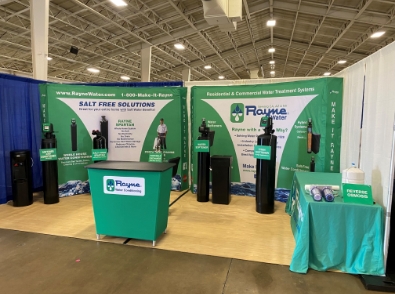If you watch the news, you have probably seen drinking water stories from around the country making the cut more frequently than ever. Between Mother Nature and industrial events, groundwater has issues not visible to the human eye making it a concern amongst many living without a water filter or other home drinking water system. Groundwater is a pretty amazing thing; it isn’t a lake or river flowing underground. Rather, it is composed of tiny droplets of water whose combined volume is greater than the volume of all the lakes and rivers of the world combined. Wow! But even more impressive than the volume of the groundwater that serves us is its influence on California drinking water. For more than 100 years, groundwater has provided a substantial and essential resource for California’s agriculture, its industries, and its cities. Groundwater in California is crucial in ensuring that people have access to drinking water and enough of it. Between 25 and 40 percent of California’s water supply in an average year comes not from surface streams or reservoirs but rather from beneath the ground. California groundwater, however, is not immune to issues like most groundwater around the country. Experts admit that groundwater stored in underground aquifers is “fragile” and at times can be found to contain above average levels of contaminants. Expensive treatment is possible or the water should be not and usually is not used. However without human intervention, the National Resources Defense Council admits that contamination not only results in a reduction in the amount of immediately usable water, but may also result in human exposure to hazardous levels of contaminants. Do you know if your household is exposed to contaminants through your drinking water? While many contaminants are tested for and treated for, there are several others found in groundwater that we cannot tell. Since they are not visible, many homeowners are simply left wondering if their groundwater turned tap water is even safe. When you have a home drinking water system, water is filtered and you won’t have to give a second thought to the potential groundwater issues in your area. We like to assume that all Irvine drinking water is completely safe, but most findings conclude that is not the case and due to costs and time management, that is the long-term reality. Better to install a water filter for your tap water than spend your days wondering if groundwater contamination is exposing you to potential dangers. Are you ready to purchase a water softener system ? We have many California locations in both Northern California and Southern California! Whether you need a reverse osmosis system in San Diego or a water softener installation in San Jose , we have you covered. Contact us today to be safe and secure when it comes to your drinking water.


